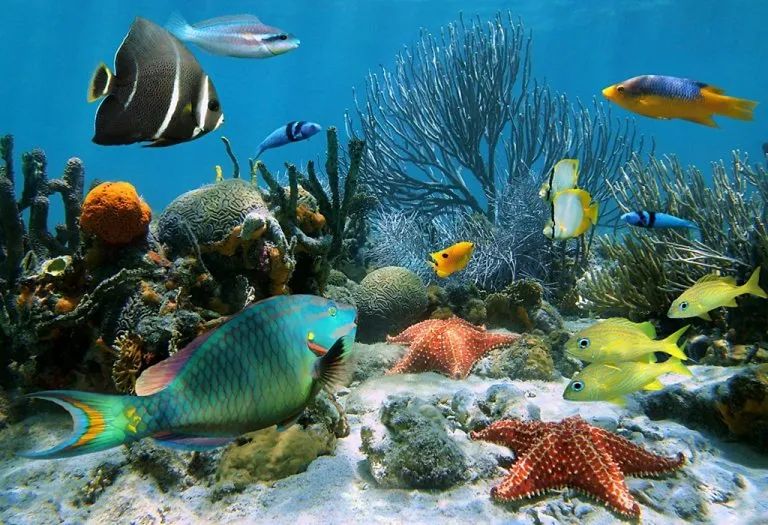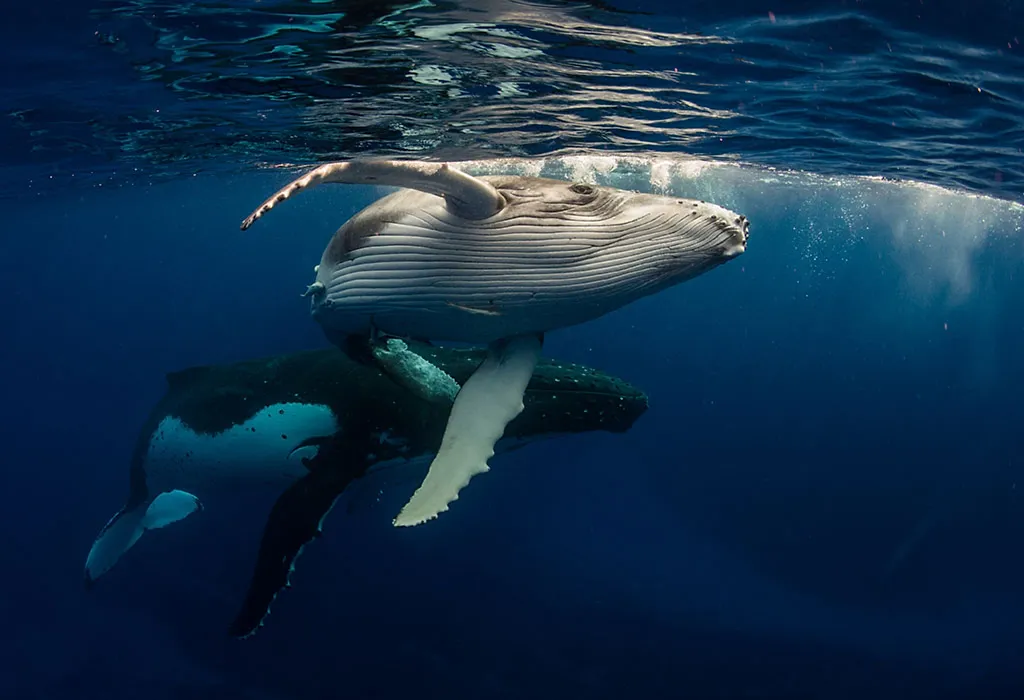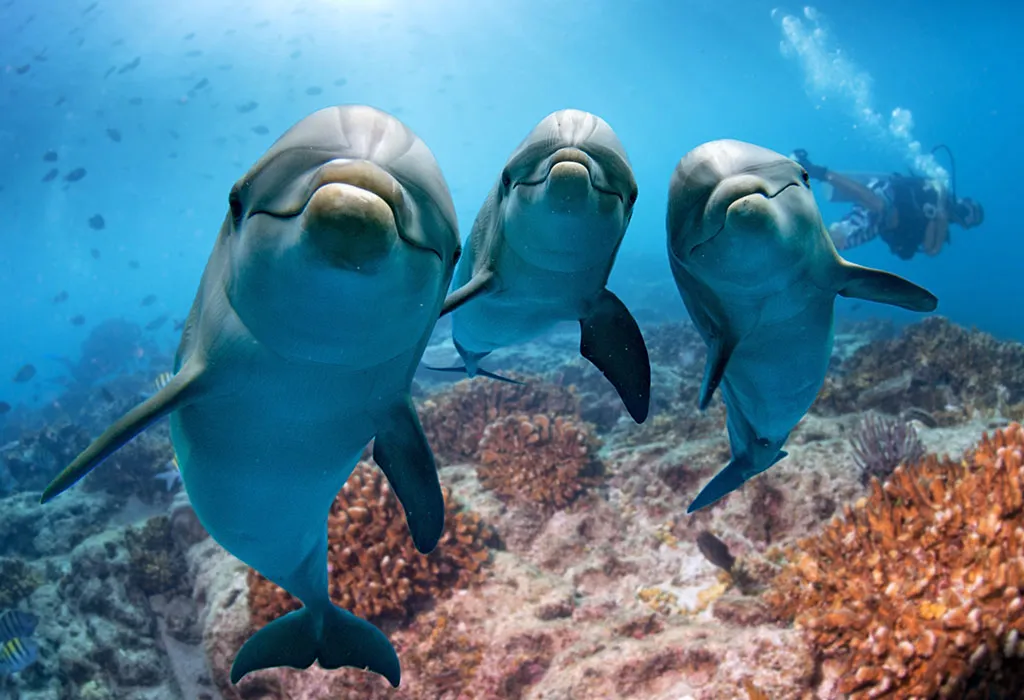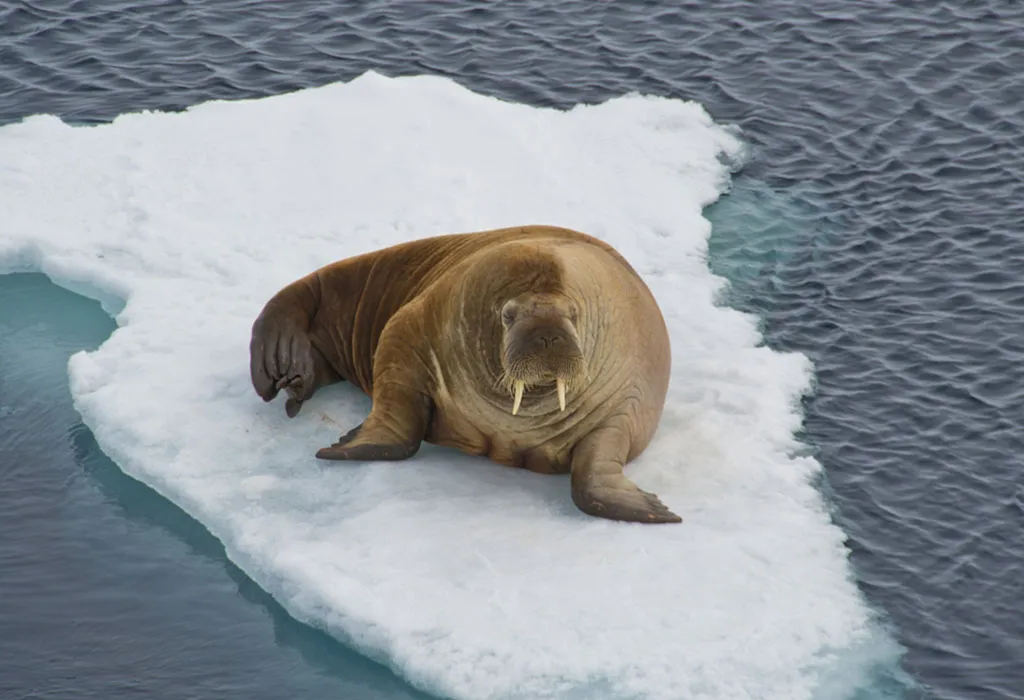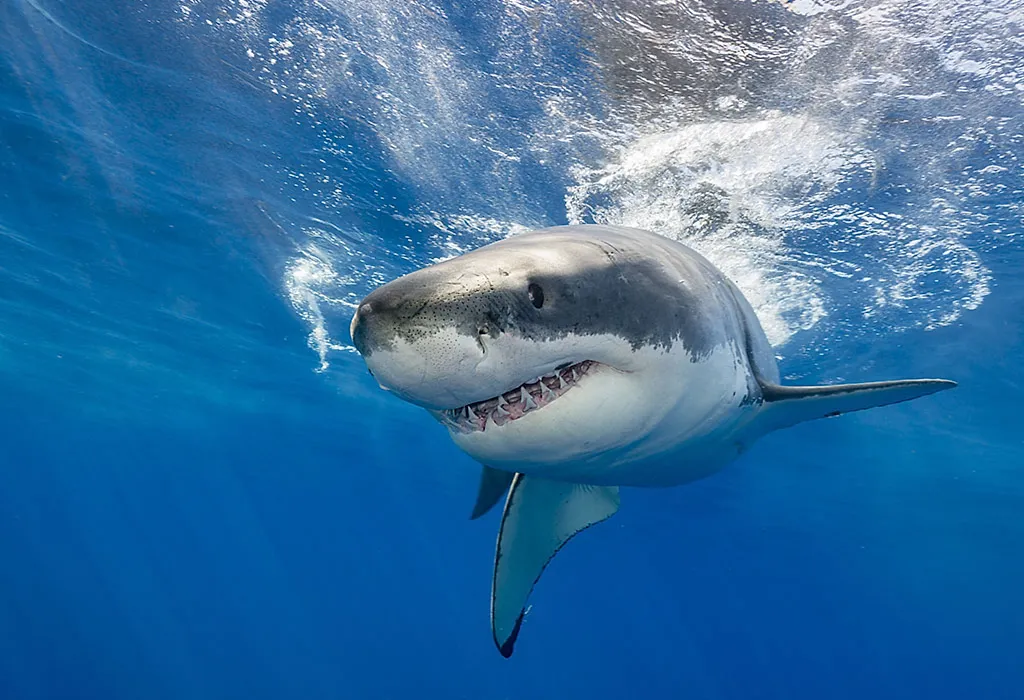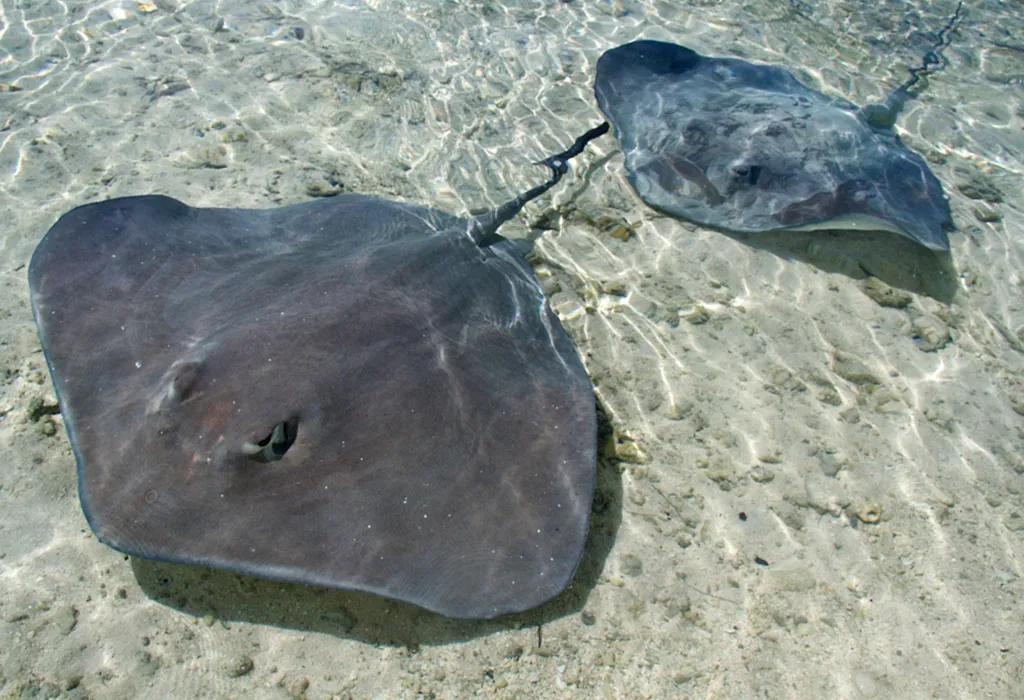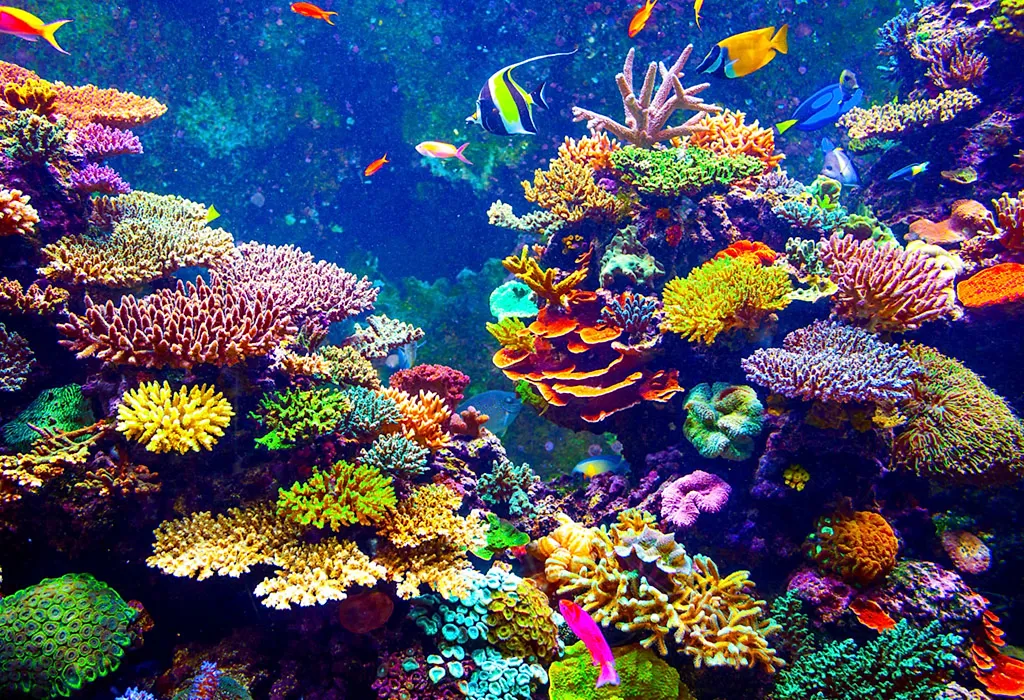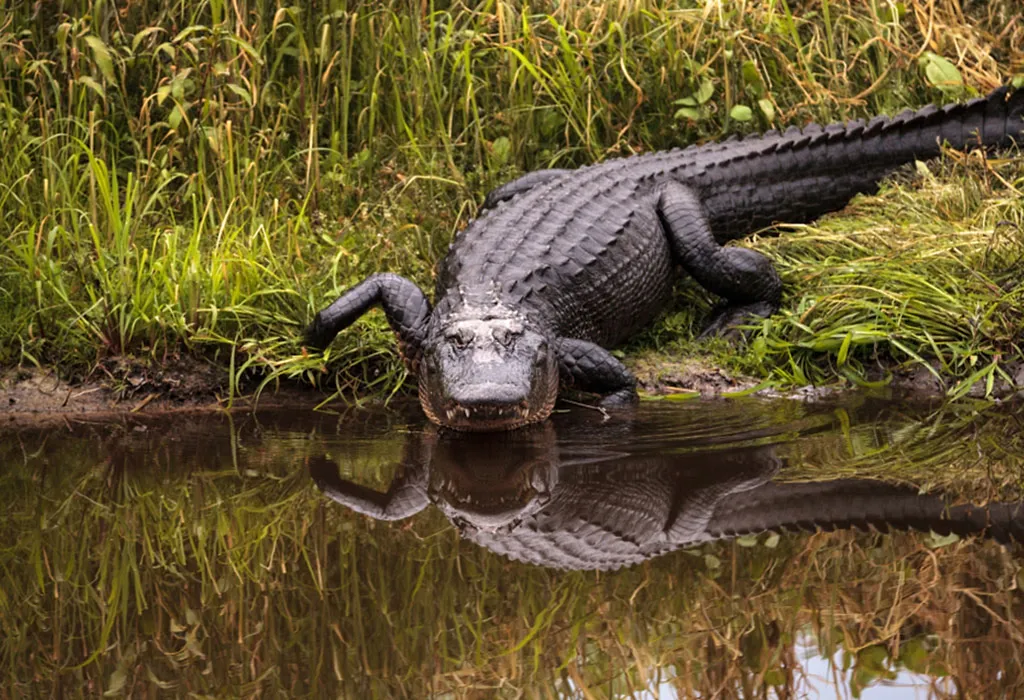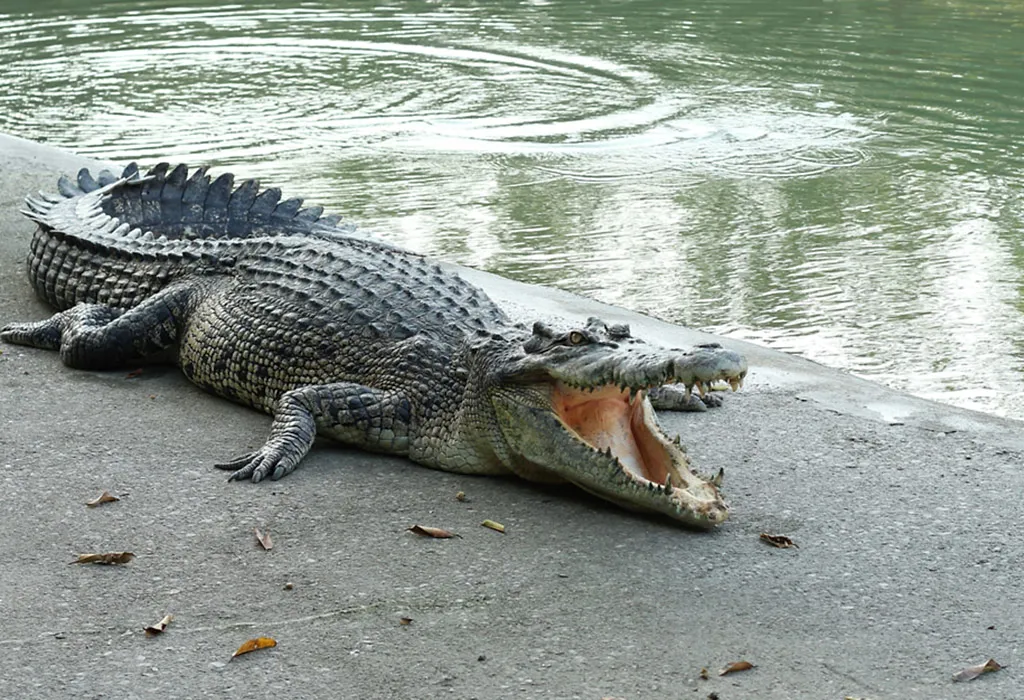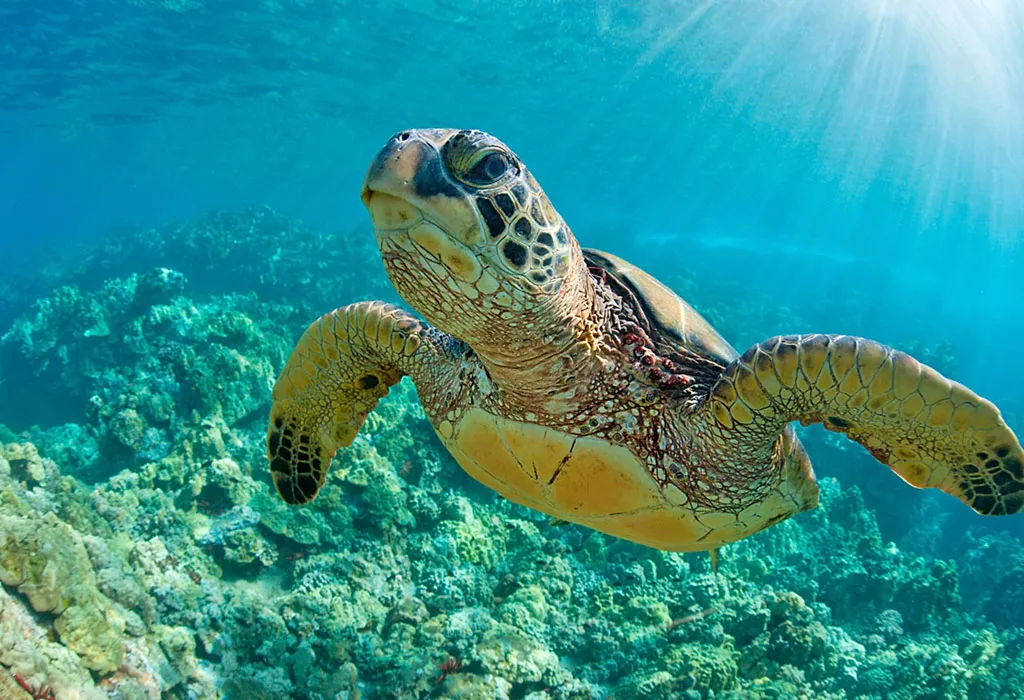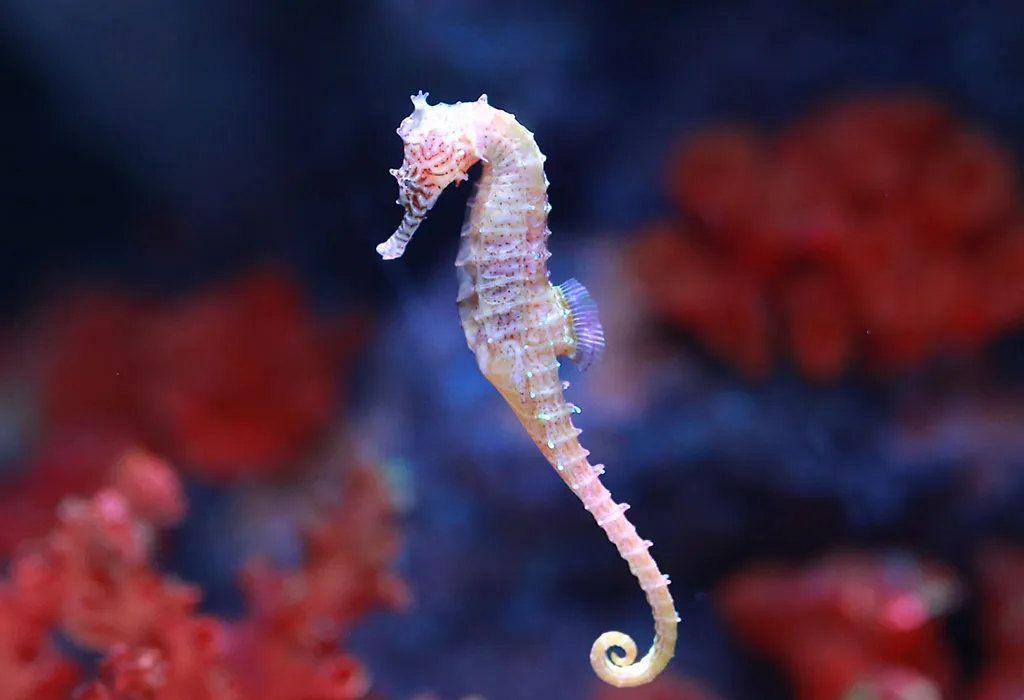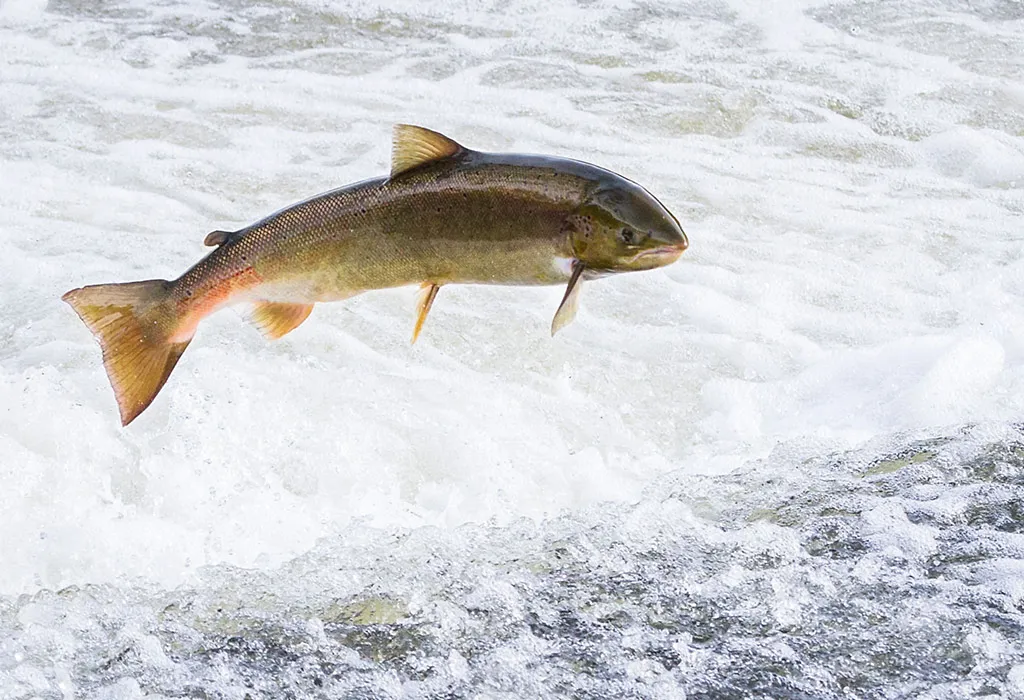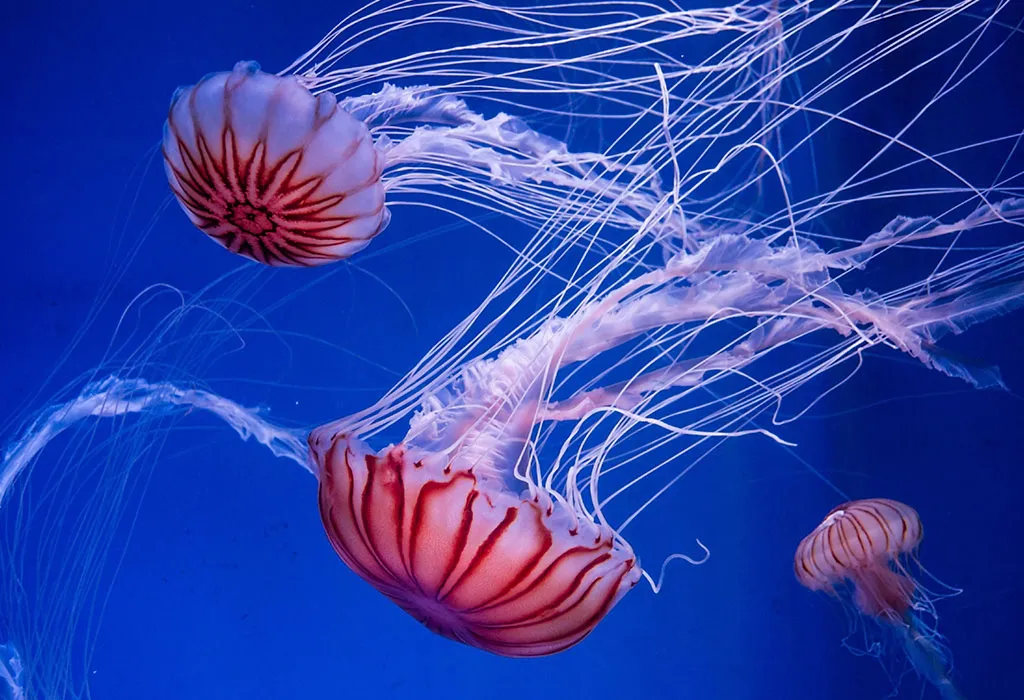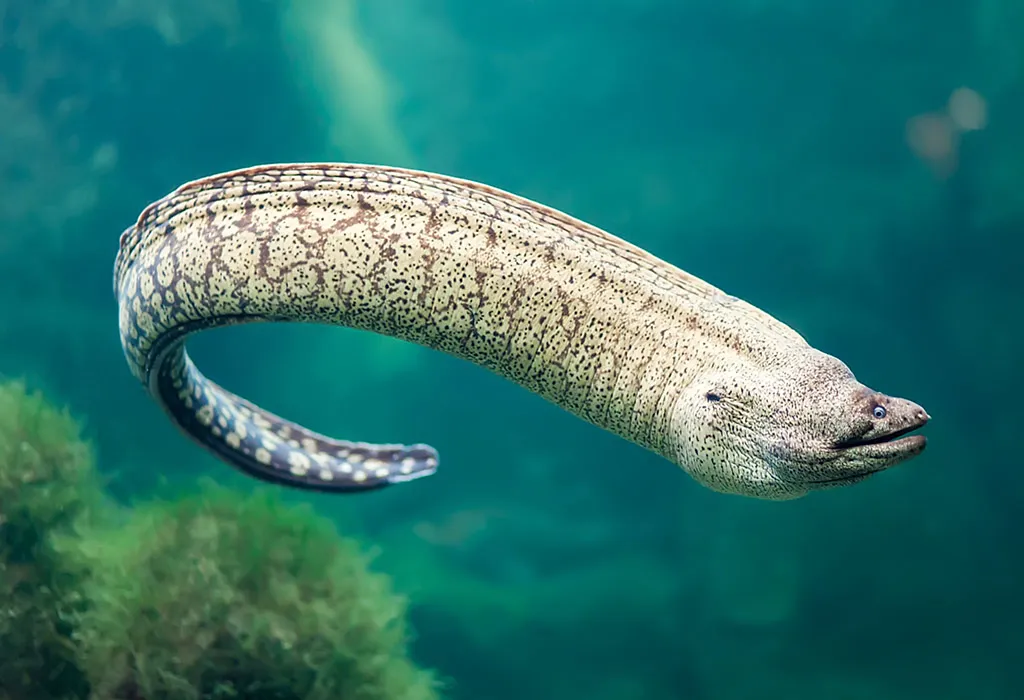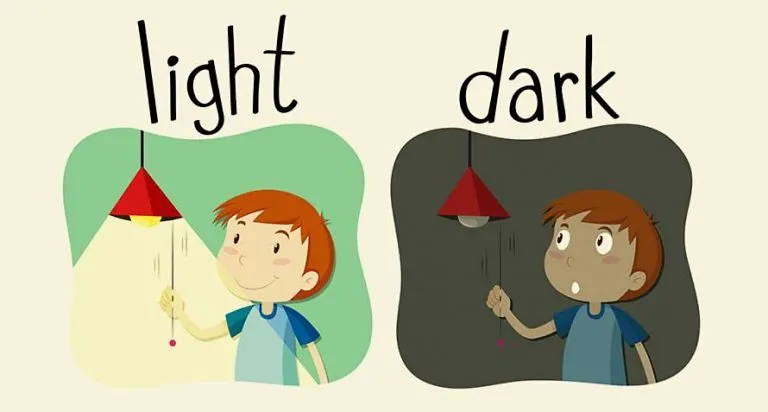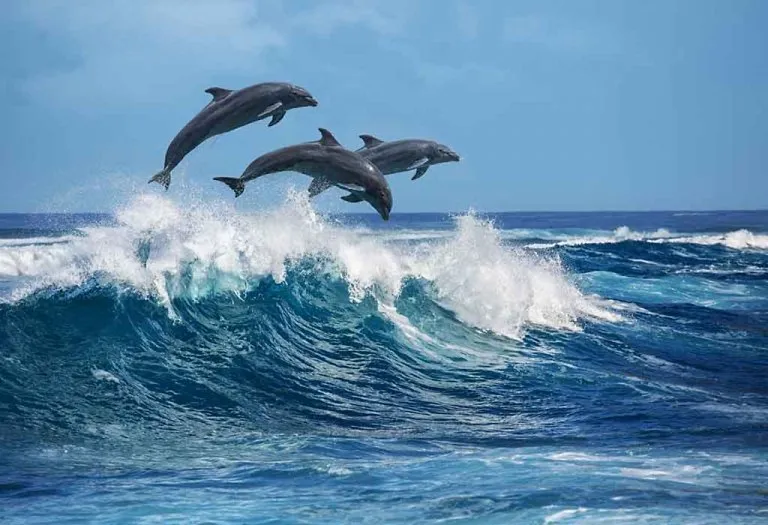Interesting and Educative Aquatic Animals Information & Facts for Kids
The world under the ocean has always fascinated us, and more so, children. Aquatic animal facts help your kiddo learn a lot about the animals that live underwater. Learning about aquatic animals is not only educational but also fun and engaging for kids. They can discover interesting information about the various species, their habitats, and unique adaptations that allow them to survive underwater. From the playful dolphins to the mysterious octopuses, each creature has its own story to tell. Providing aquatic animals information for kids encourages curiosity and a love for marine biology, fostering an appreciation for the diversity of life in our oceans.
What Are Aquatic Animals?
Aquatic animals are organisms that live in water for most or all of their life. These animals can be found in various aquatic environments, including oceans, rivers, lakes, and ponds. They have adapted to live in water, whether saltwater or freshwater, and have unique physiological traits that help them survive and thrive in these habitats. Examples of aquatic animals include fish, such as salmon and clownfish; mammals, like dolphins and whales; reptiles, such as sea turtles; and a variety of invertebrates, including jellyfish, octopuses, and crabs. Aquatic animals play vital roles in their ecosystems and contribute to our planet’s biodiversity. Providing aquatic animals information for kids can help them understand the importance of these creatures and the need to protect their natural habitats.
Key Characteristics of Aquatic Animals
Aquatic animals are those that live in water environments for most or all of their lives. Here are the key characteristics of aquatic animals:
- They have special body features that help them live in water.
- Gills help aquatic animals breathe underwater by taking in oxygen from the water.
- Fish have different fins, like dorsal, pectoral, and tail fins, for various movements.
- Fins are their main moving parts, made of muscles and bones.
- Some fish have a swim bladder, which helps them float and move up and down by changing the amount of air inside it.
- Their skin is covered with scales that protect their bodies.
Types of Aquatic Animals
Did you know that these animals can be classified on the basis of their appearance and behaviour? Keep reading to know more!
1. Molluscs
Molluscs are a group of invertebrate aquatic animals, i.e., they don’t have a backbone. Squids, octopuses, cuttlefish, snails, slugs, clams, scallops, etc. are, in fact, molluscs. They use their radula to scrape off and eat tiny plants and animals. Octopuses and cuttlefish can camouflage themselves and give their prey a nasty surprise!
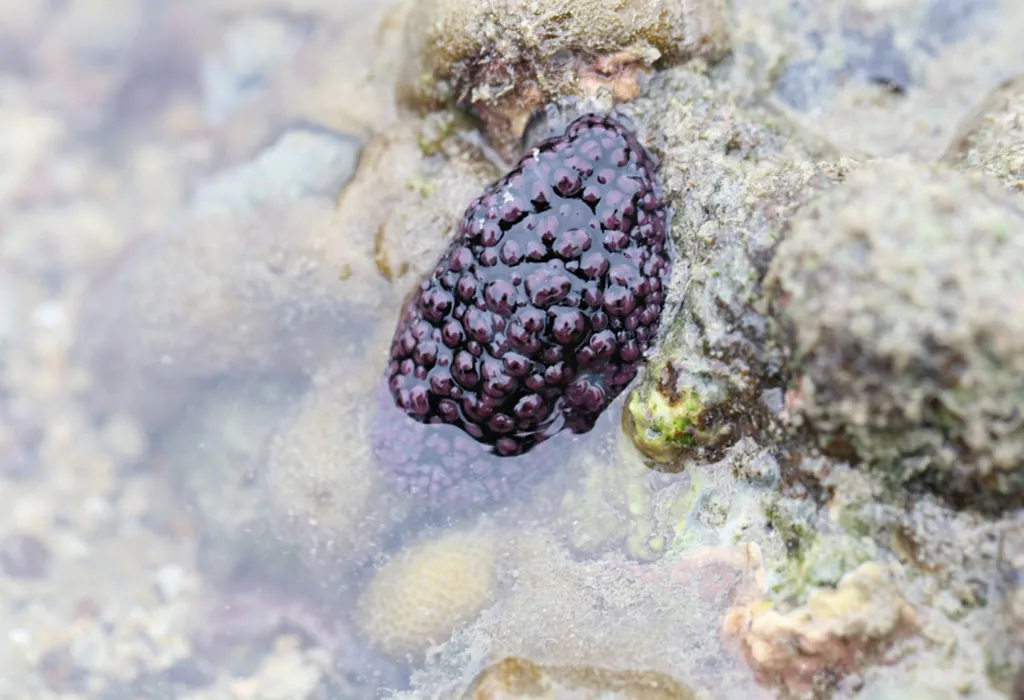
2. Crustaceans
Crustaceans are a group of aquatic animals that have a hard shell. This group includes shrimps, crabs, lobsters, prawns, barnacles, and crayfish (1). Many crustaceans are scavengers and feed on dead creatures in the ocean. However, some lobsters and crabs are active predators and seize prey with their claws.
3. Whales
Whales are the largest animals on earth. They are mammals and produce milk from their mammary glands. Whales feed on plankton, fish, krill, crabs, etc. Orcas, also called killer whales, eat sea lions, sharks, seals and even other whales!
4. Dolphins
Dolphins are highly intelligent aquatic mammals that belong to the toothed whale family. They eat squid, fish and seals. Dolphins are very social and live in groups called ‘pods’ (1). The pods comprise of dozens or hundreds of dolphins. Humans have seen them helping injured members of their pod, protecting swimmers from sharks, and even guiding stranded whales out of shallow water!
5. Walruses
Walruses are large, brown-coloured marine mammals that have flippers and tusks. They live in the Arctic Ocean and the sub-arctic seas. Their food is mussels, clams and other sea creatures. Walruses use their tusks to break through the ice and also defend themselves.
6. Sharks
Sharks are marine predators. They have multiple rows of very sharp teeth and a skeleton made of cartilage. They breathe underwater through gills (3). Sharks eat fish, molluscs, crustaceans, krill, and even smaller sharks. Did you know that these animals have a very strong sense of smell, and can smell blood even when they’re miles away?
7. Stingrays
Stingrays are related to sharks. They have flat bodies with large, wing-like fins that they flap up and down to swim. Stingrays have thin tails that contain venom. When threatened, these animals sting with their tail – that’s why they’re called stingrays!
8. Corals
Corals are marine animals that live in colonies called polyps (4). These creatures attach themselves to one another. Each polyp has a mouth that is surrounded by tentacles. The tentacles are important to corals for three reasons – they offer protection, can capture small animals and also clear the debris away.
9. Alligators
Alligators are reptiles native to America and China. They are freshwater animals, living in lakes, swamps, ponds, and rivers. They have broad snouts and are black. Alligators have tough armour-plated skin. They are carnivores, feeding on deer, birds, small mammals, fish, crustaceans and other reptiles.
10. Crocodiles
Crocodiles are closely related to alligators. They are found in Asia, Africa, Australia and America. These animals have long, narrow snouts. They can live both in fresh- and saltwater (5). Amphibians, birds, mammals, crustaceans, are their food. Sometimes, they eat humans, too!
11. Turtles
Turtles are aquatic reptiles that have a hard, bony shell which shields their body. They live in water most of their life. Freshwater turtles live in lakes and ponds. Sea turtles live in the ocean and come out to lay eggs on the sandy beach. They are omnivores that feed on plants, fish, insects, molluscs, frogs, grasses, and algae.
12. Seahorses
The head and neck of seahorses are similar to that of a horse. They also have a long snout and a curled tail that can grasp objects (6). They feed on larval fish and tiny crustaceans. As these aquatic animals lack a stomach, they consume their food slowly.
13. Salmon
Salmon is a type of fish that is born in freshwater, migrates to the ocean and returns to freshwater to reproduce. They are consumed by humans for their high protein content, vitamin D and omega-3 fatty acids.
14. Jellyfish
Jellyfish are transparent, jelly-like marine animals. They have bell-shaped bodies with an umbrella-shaped head and several tentacles (7). These fish are either colourless or have bright colours like pink, blue and purple. Most types of jellyfish are luminescent – they emit light from their bodies. They have hundreds of venomous, sting cells in their tentacles.
15. Eels
Eels are elongated fish that have a snake-like body. Their fins are fused to form one long ribbon running along the length of their bodies. They live in shallow waters of the oceans, in holes known as eel pits. Eels are widely used in Korean cuisine.
16. Sea Otters
Sea otters are marine mammals known for their playful behavior and use of tools. They have thick fur to keep them warm and are often seen floating on their backs. Sea otters eat sea urchins, crabs, and fish, using rocks to crack open shellfish (8).
17. Manatees
Manatees, also known as sea cows, are large, gentle herbivores that live in shallow coastal waters and rivers. They feed on aquatic plants and have paddle-like flippers that help them navigate through the water. Manatees are slow-moving and spend most of their time grazing.
How Do Aquatic Animals Breathe?
Aquatic animals or water animals have fascinating adaptations for breathing underwater. Depending on their species, they utilize different methods like the ones below:
- Fish use gills to extract oxygen from water. Water enters through their mouths, passes over gills, and oxygen is absorbed into the bloodstream.
- Mammals, e.g., dolphins and whales, use lungs to breathe air. They surface to inhale through blowholes.
- Amphibians e.g., frogs use both lungs and skin for breathing, absorbing oxygen from water through their moist skin.
- Invertebrates, e.g., jellyfish, rely on diffusion, where oxygen directly diffuses through their thin body walls.
What Types of Food Do Aquatic Animals Eat?
Aquatic animals eat many different types of food. Corals, sponges, and whales often eat tiny crustaceans called plankton. Ocean fish have varied diets, including other fish, shrimp, crabs, and krill. They also eat algae, kelp, plankton, and animals like octopuses and squid. Some fish munch on sea urchins and other echinoderms. A few ocean fish are scavengers and eat dead animals they find in the water. This diversity in diet helps aquatic animals survive in their unique environments.
How Do Aquatic Animals Live in the Ocean?
Ocean life thrives due to incredible adaptations. These are essentially specialized traits, like fins for fish or blubber for whales, that allow them to conquer their unique environments. Physiological adaptations involve internal processes, like a dolphin’s echolocation or a sea turtle’s salt-filtering glands. Behavior also plays a role – octopuses camouflage with ink, while schools of fish confuse predators by swimming together. These adaptations ensure survival in the vast and diverse ocean.
Potential Threats to Aquatic Animals
Because of the delicate nature of their habitats, conservationists are particularly focused on the well-being of aquatic animals. These creatures face numerous threats, including destructive fishing practices, overfishing, climate change, and pollution from both terrestrial and atmospheric sources. Chemical pollutants contaminate water and have severe consequences for marine species, underscoring the importance of conservation initiatives aimed at safeguarding oceanic biodiversity and preserving its natural splendor.
Interesting Facts About Aquatic Animals for Kids
Here are some more interesting facts on sea animals:
- The blood of eels is toxic to human life. However, cooking destroys the toxins and makes them edible.
- Parenting roles are reversed in seahorses. The male seahorse carries eggs in a pouch on his abdomen until they hatch.
- The largest blue whale recorded was 110 feet long. The heart of a blue whale weighs as much as a car, and its tongue weighs as much as an elephant!
- The giant Arctic jellyfish has tentacles that are over 36 metres long.
- Hermit crabs make their homes in the discarded shells of other crustaceans.
- Jellyfish existed even before the dinosaurs; they have been around for over 650 million years.
- An electric eel can produce an electric shock strong enough to knock down a horse.
- Octopuses have blue blood.
- Turtles inhabit every continent except Antarctica.
- Starfish and oysters can change their gender.
- Dolphins sleep with one eye open.
- A sea sponge doesn’t have a head, eyes, mouth, heart or brain.
- The smallest seahorse is as big as a postage stamp.
- Starfish have an eye at the end of their arms. They can also regrow their arms if they get cut off.
- When an octopus is threatened, it shoots out a cloud of dark ink.
- Sea otters wrap themselves in seaweed to prevent themselves from drifting away into the ocean.
- Dolphins and whales cannot breathe underwater due to the lack of gills.
- Crocodiles remove excess salt from their bodies through their eyes.
- The box jellyfish is a venomous creature. Its venom can kill 50 people at once!
- Giant squids’ eyes are the size of basketballs.
FAQs
1. What is bioluminescence, and which aquatic animals exhibit this trait?
Bioluminescence is the ability of certain organisms to produce light. Some aquatic animals, like deep-sea anglerfish and firefly squid, use bioluminescence for camouflage, communication, or attracting prey.
2. How do sea turtles navigate during migration?
Sea turtles use Earth’s magnetic field as a compass to navigate during their long migrations. They can detect the magnetic fields using special cells in their brains.
3. What is the difference between seals and sea lions?
Seals and sea lions belong to the same scientific group (pinnipeds) but have distinct physical differences. Sea lions have external ear flaps, are more agile on land, and can rotate their hind flippers forward for walking. Seals lack external ear flaps, move clumsily on land, and propel themselves by wriggling on their bellies.
4. How do clownfish and sea anemones benefit from their relationship?
Clownfish and sea anemones have a mutualistic relationship in which each benefits the other. The stinging tentacles of the sea anemone protect clownfish from predators, while clownfish help keep the anemone clean and provide nutrients through their waste.
5. What is unique about the reproduction of seahorses?
Male seahorses are the ones that give birth! After a courtship dance, the female transfers her eggs to a special pouch on the male’s abdomen. The male then fertilizes and incubates the eggs until they hatch, after which he gives birth to live young.
This was all about ocean animals for kids. Bookmark this article so that you can revisit it whenever you wish to! If your child shows an interest in nature and animals, he is ‘Nature Smart’. To enhance this ‘smart’, as well as the 7 other ‘smarts’ in your child, subscribe to the Intellikit activity boxes designed for kids. Based on the multiple-intelligence theory, each box has fun activities that promote all-round development in children while keeping them occupied throughout the month. So, get ready for fun learning with Intellikit!
References/Resources:
1. Crustaceans; Marine Education Society of Australasia; http://www.mesa.edu.au/crustaceans/
2. What is a group of Dolphins called?; Whale and Dolphin Conservation; https://uk.whales.org/whales-dolphins/what-is-a-group-of-dolphins-called/
3. Learn about some of the 400+ species of sharks; Shark Research Institute; https://www.sharks.org/species
4. Are corals animals or plants?; National Ocean Service; https://oceanservice.noaa.gov/facts/coral.html
5. Saltwater Crocodile; Oceana; https://oceana.org/marine-life/saltwater-crocodile/
6. Seahorse; National Geographic Kids; https://kids.nationalgeographic.com/animals/fish/facts/seahorse
7. Jellyfish; National Geographic Kids; https://kids.nationalgeographic.com/animals/invertebrates/facts/jellyfish
8. Sea Otter; Center for Biological Diversity; https://www.biologicaldiversity.org/species/mammals/sea_otter/natural_history.html
Also Read:
Smartest Animals in the World
Amazing Facts About Animals for Kids
Spring Animals that Kids Should Know About
Teach Your Kids About Zoo Animals With Pictures
Was This Article Helpful?
Parenting is a huge responsibility, for you as a caregiver, but also for us as a parenting content platform. We understand that and take our responsibility of creating credible content seriously. FirstCry Parenting articles are written and published only after extensive research using factually sound references to deliver quality content that is accurate, validated by experts, and completely reliable. To understand how we go about creating content that is credible, read our editorial policy here.





